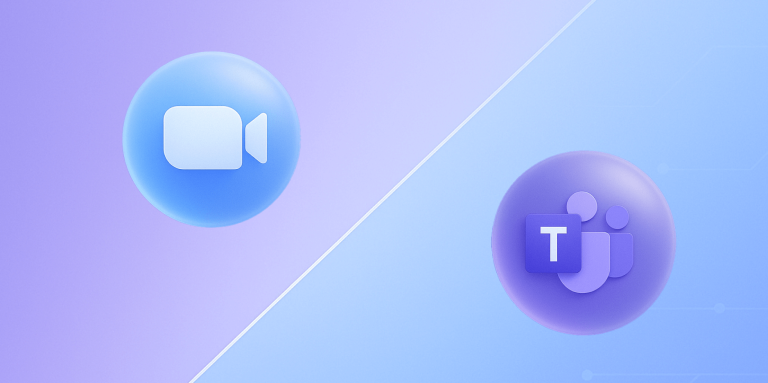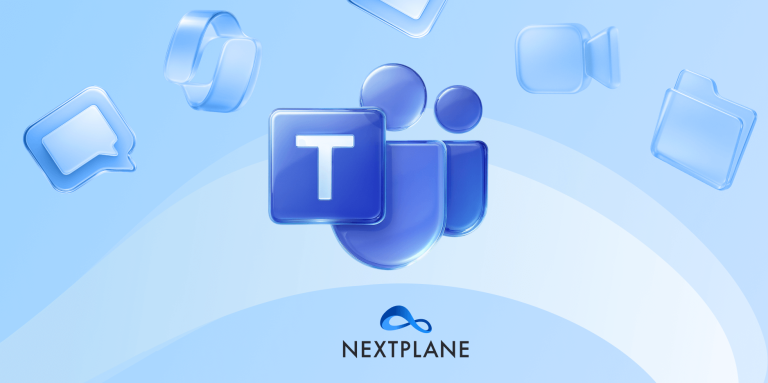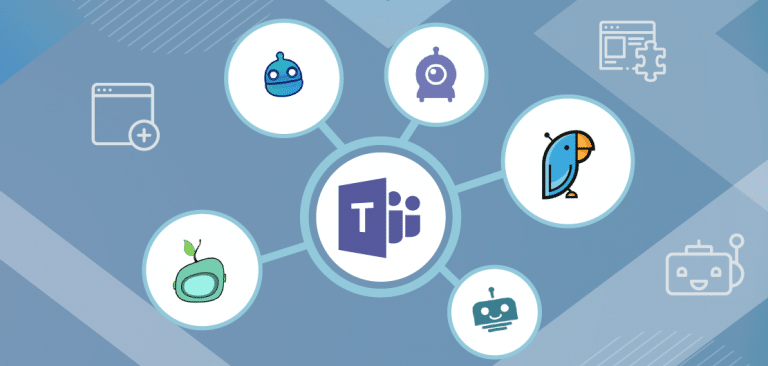
Team Collaboration & Interoperability Blog
Team's choice
Latest news & articles
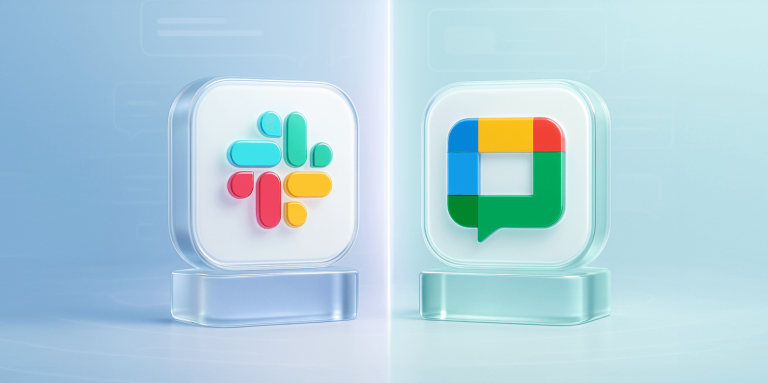
Google Chat vs. Slack (2025): Pricing, Features, AI, and Which to Choose
Choosing the right collaboration platform in 2025 requires a clear comparison of Slack and Google Chat. This guide breaks down features, AI, pricing, integrations, governance, and real use cases to…

Voice and Video Interop: Teams & Google Chat
Video calls deliver the richest form of digital collaboration—essential for complex discussions, feedback, and connection. With seamless interoperability between Google Workspace and Microsoft Teams, your employees can escalate chats to…
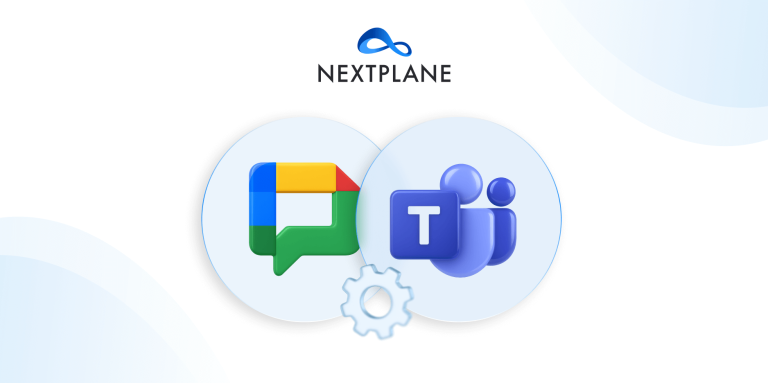
Looking to Connect Google Workspace and Microsoft Teams? Making the Right Decision
Organizations using both Google Workspace and Microsoft Teams face app-switching and collaboration challenges. This article explores how to integrate Google with Teams, improve cross-platform communication, maintain security, and streamline workflows—seamlessly…
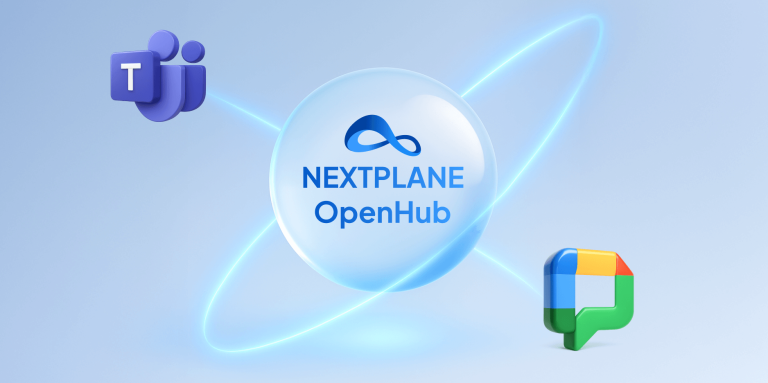
The Cross-Platform Revolution: Why Google Chose NextPlane OpenHub to Connect Google Workspace & Microsoft Teams
Google announced it chose NextPlane OpenHub to enable seamless interoperability between Google Chat and Microsoft Teams. OpenHub’s proxy guest architecture delivers native cross-platform messaging, file sharing, and reactions while honoring…

The SharePoint Hack Proves Admin-Level Permissions Are a Cybersecurity Time Bomb
Microsoft’s July 2025 disclosure of on-prem SharePoint breaches spotlights a hidden risk: third-party apps demanding application-level permissions. We compare Mio’s super-admin model to NextPlane OpenHub’s delegated access and explain why…

The Hidden Costs of Context Switching — and How to Avoid Them
Context switching between apps like Teams and Google Workspace leads to lost productivity, security risks, and disengaged employees. Learn how interoperability with NextPlane OpenHub reduces app sprawl, eliminates shadow IT,…
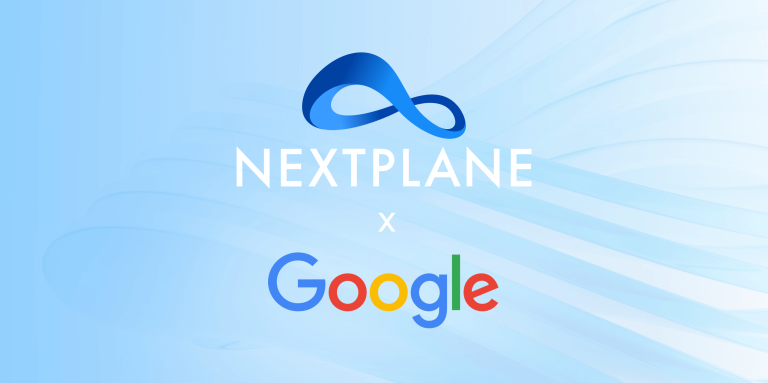
Google and NextPlane Partner to Enhance Cross-Platform Collaboration for Google Workspace Customers
Mountain View, CA – 4/9/2025 – Google and NextPlane announced a strategic partnership to enable seamless interoperability between Google Chat and leading enterprise messaging platforms while offering enhanced data sovereignty,…
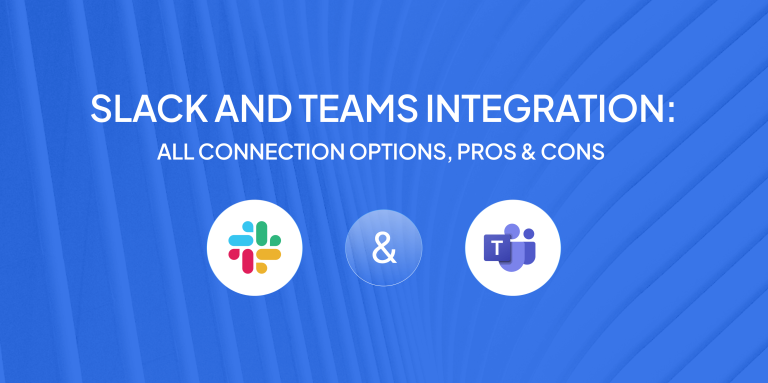
Slack and Teams Integration: All Connection Options, Pros & Cons
In the era of digital communication, teams often find themselves juggling multiple communication platforms to stay connected and efficient. As the market becomes saturated with various tools, a common question…
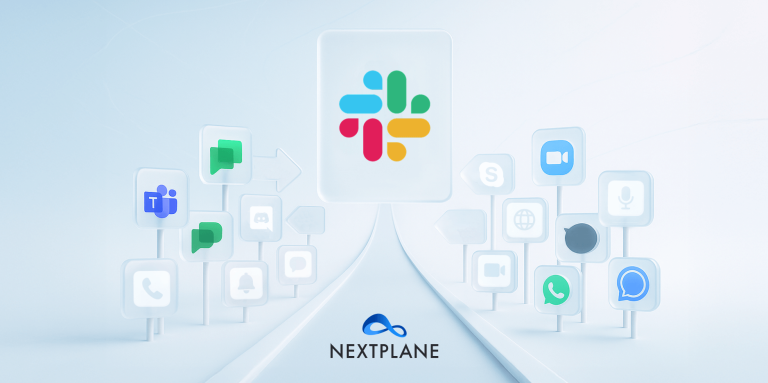
Why Slack Might Not Be Your Only Option: 13 Top Alternatives to Slack
Slack is a leading communication tool, but it might not suit every team due to its cost and complexity. This article delves into why Slack is a favorite and offers…
